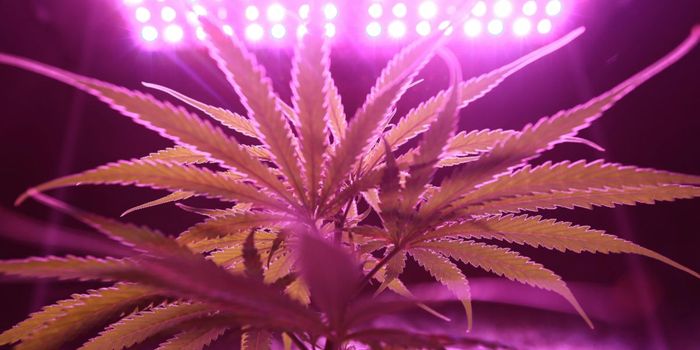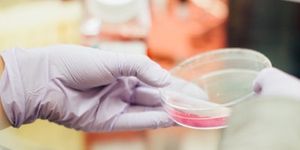Marijuana and Migraines
Migraines are not just headaches; they are severe and debilitating headaches that leave millions of people in chronic pain. Symptoms of a migraine can include vomiting, nausea, tingling sensation in extremities, and sensitivity to light and sound. They can last for hours or days and can leave you completely exhausted, leaving you to miss work, family, school, and other events. Some people who suffer from these headaches get symptoms or signs that one is coming on, like a warning, while others are not so lucky. Warning signs can include flashes of light, feeling confused, obscured visual field, or problems speaking. There is no cure for migraines and the exact cause of them is unknown.
With all the issues migraines cause, the medications for migraines can bring on more problems. There are two main groups of medications used for treatments, those to prevent migraines from coming into full effect, and those to treat one after it has begun. Medications available don't work for everyone, for some, over the counter medications work to control the problem, for others, prescription drugs work better, and some are still trying to find a solution to alleviate their pain. Side effects from these medications can cause more nausea, stomach ulcers, and further sensitivity to environmental factors.

This study also looked at the different forms of marijuana used and how this affected the headaches. Negative effects were reported from patients, mainly from feelings of extreme drowsiness and, "difficulty controlling the effects of marijuana-related to timing and intensity of the dose." However, most of the negative effects reported came from those who chose to medicate with edible marijuana, compared with other forms used in the study.
Researchers believe migraines could be linked to abnormalities in brain activity; this can lead to changes in blood flow, chemical levels, and nerve signals temporarily in the brain. Scientists want to research the use of CBD because of its non-psychoactive and anti-inflammatory properties. With the use of medical marijuana and CBD, controlling and preventing migraines could be possible with fewer side effects than prescription medications. Further research and trials need to be conducted to understand the benefits and side effects that cannabis provides to migraine sufferers. The different strains, doses, and formulations need to be better understood before marijuana can be looked at as a treatment for migraines.
Sources: NCBI, The Recovery Village,








